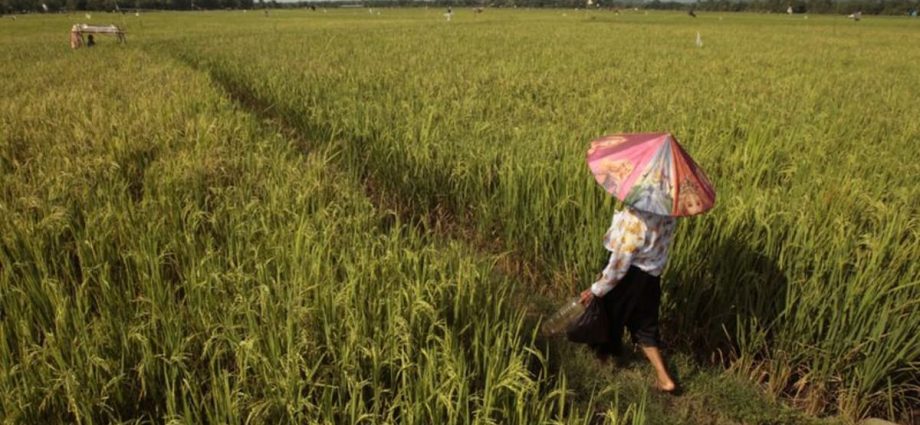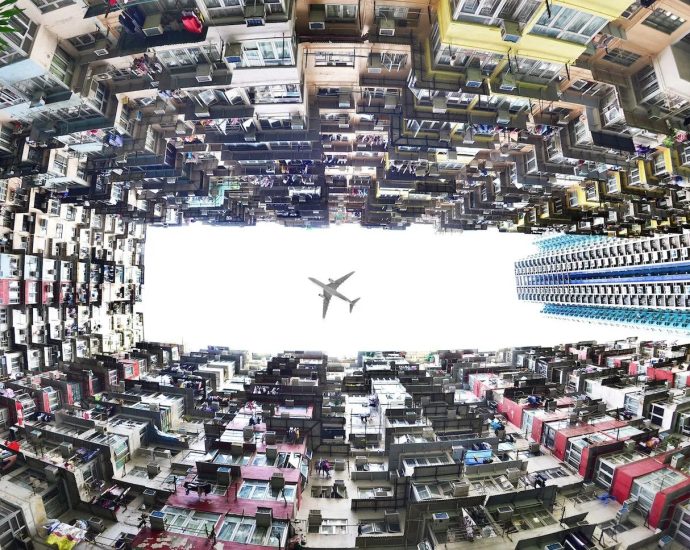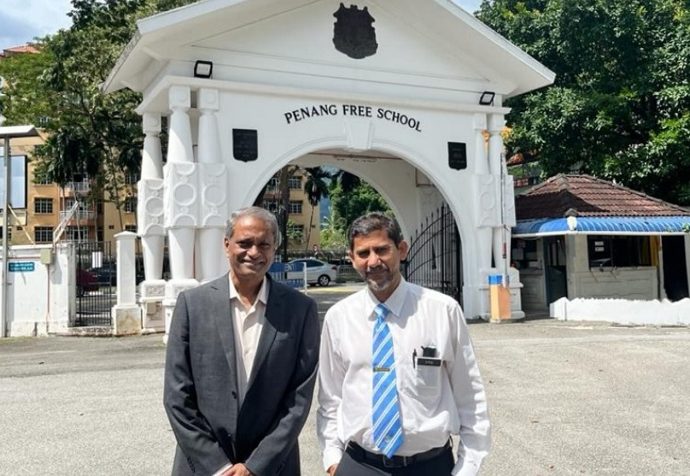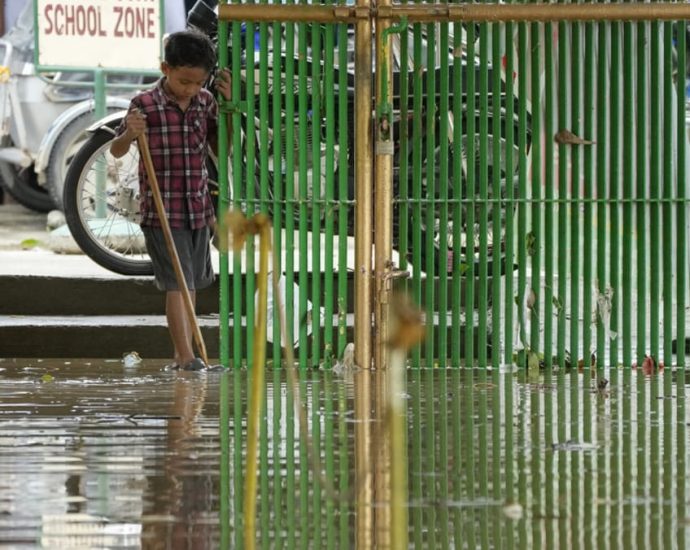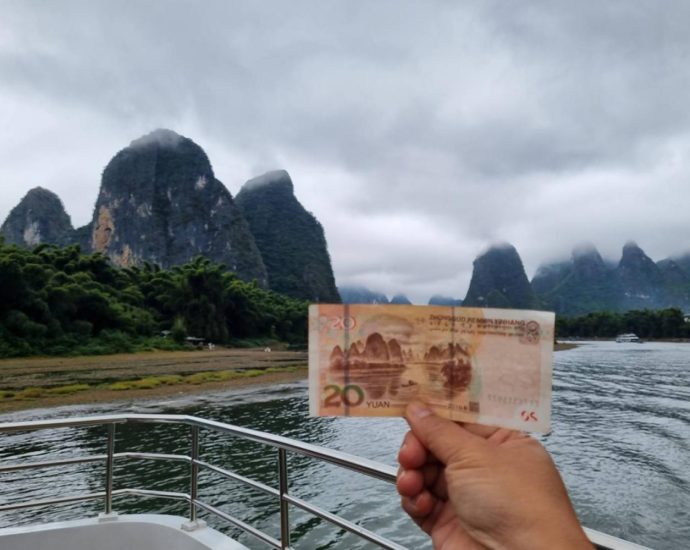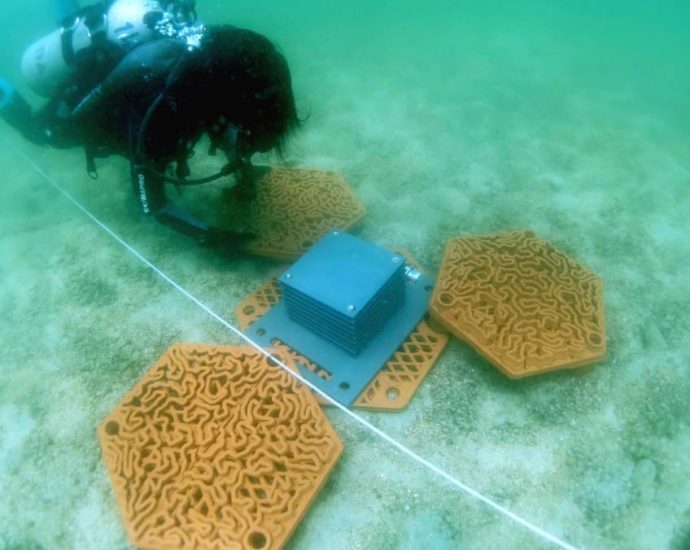Indonesia calls in army to help farmers plant rice as drought curbs output
JAKARTA: Indonesia has ordered the military to help farmers plant rice as severe drought has reduced output of the staple in Southeast Asia’s most populous country, lifting prices, requiring increased imports and threatening food security. With planting behind schedule due to dryness fuelled by the El Nino weather phenomenon, PresidentContinue Reading

